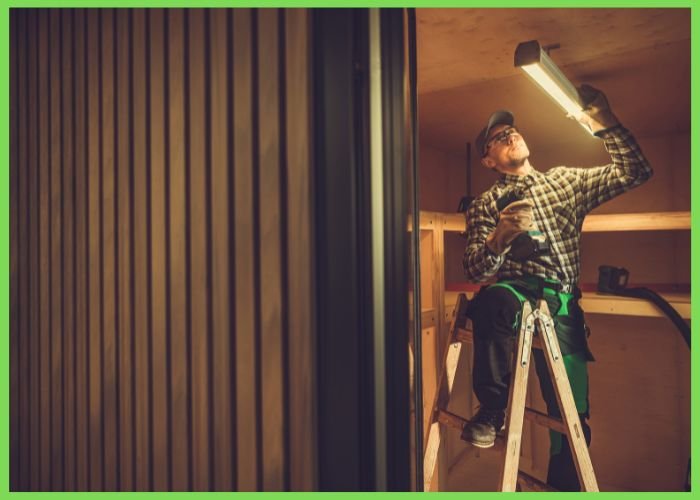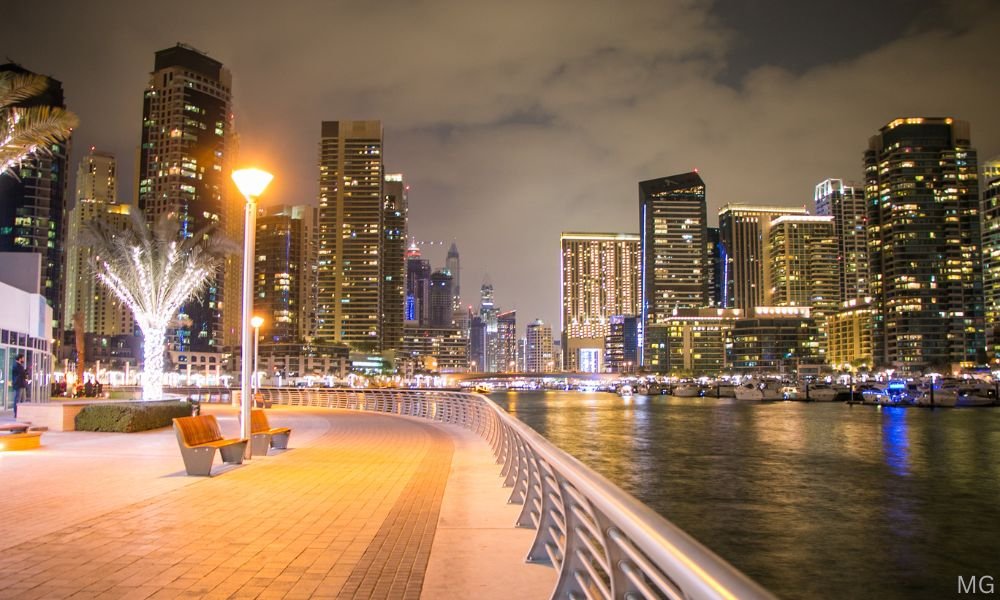Outdoor lighting boosts safety, style, and security. From garden paths to backyard patios, choosing the right brightness is crucial for both safety and style. A key question many ask is, “How many lumens do I need for outdoor lighting?” The ideal brightness varies based on your specific area and its intended use. Whether it’s for ambiance or safety, the correct lighting transforms your surroundings. A well-lit yard enhances usability and looks elegant at night. But many people overlook brightness levels and focus on style alone. That’s a mistake. This guide simplifies the process and helps you pick the perfect lighting for each outdoor space. Read on for a full breakdown, and by the end, you’ll know exactly what your space needs.
What Are Lumens in Lighting?

Lumens measure the brightness of a light source. Unlike watts, which measure energy use, this shows actual output. More mean more light. This is key when choosing outdoor fixtures. A single lumen is equivalent to the light emitted by a candle one foot away. So, if a bulb has 1000 lumens, it’s like 1000 candles in brightness. Don’t confuse wattage with brightness. A modern LED with fewer watts may still deliver high lumens. This helps reduce bills while keeping your area bright. Understanding this allows smarter purchases. Whether lighting a path or patio, check lumen ratings before anything else. It forms the basis for making smart outdoor lighting choices.
Recommended Lumens for Different Outdoor Spaces
Each outdoor zone needs a specific amount of light. Here are typical guidelines:
- Pathways: 100–200 lumens
- Steps/Stairs: 10–100 lumens
- Floodlights: 700–1300 lumens
- Driveways: 700–1200 lumens
- Gardens: 50–300 lumens
- Security lights: 1300–2500 lumens
Start with your goal. For ambiance, go lower. For security, go higher. Matching lumens to function keeps the area safe and inviting. Use dimmers or motion sensors if flexibility is needed. Don’t apply the same light across all areas. Customize your lighting layout for the best experience. Choose products that clearly list lumen levels and match your exact needs.
Factors That Affect Lumen Needs
Various factors influence the number of lumens required for effective outdoor lighting. To start, the size of the space plays a key role—larger areas require more powerful lighting solutions. Secondly, dark-colored surfaces or furniture absorb more light, which calls for higher lumen levels to maintain brightness. Third, purpose changes everything—decorative spots can use soft light, but gates or garages need brightness. Fourth, fixture placement plays a role. A tall post light may require extra lumens to reach the ground. Even weather affects lighting. Foggy zones need stronger output for visibility. Reflective surfaces reduce the need. Always adjust your lighting based on these surroundings. With careful planning, you’ll never waste energy or fall short on brightness.
LED vs. Other Lighting Options
LEDs are the smartest option for outdoor lighting today. They consume less power while delivering more brightness per watt. While traditional incandescent or halogen bulbs consume more electricity, LEDs last longer and perform better in all conditions. A 10-watt LED may offer 800 lumens, while older bulbs may need 60 watts for the same brightness. Plus, LEDs stay cool, reducing fire risks. You also get better color temperature options, from warm white to bright daylight. Although the cost may be higher at first, the savings are real in the long term. If you’re looking for performance, durability, and eco-friendliness—LED is the way to go.
Tips to Choose the Right Outdoor Light

Choosing the perfect outdoor light isn’t hard if you follow a few steps. First, identify your goal—is it decoration, navigation, or protection? Then calculate area size to estimate the lumens you’ll need. Mounting height also affects brightness spread. Choose LED lights to reduce energy use. Install dimmers or timers for flexibility and savings. Check the color temperature; warm light gives a cozy glow, while cool tones suit task lighting. Make sure your lights are water-resistant (check IP ratings). Test before full installation. Don’t forget solar options for small areas. Combine style with function to get beautiful, safe, and efficient lighting all in one.
Solar Outdoor Lighting and Lumens
Solar lights are an eco-friendly option for outdoor use. But many people wonder—do they offer enough lumens? The answer is yes, for specific uses. The majority of solar lights emit between 50 and 700 lumens of brightness. That’s perfect for garden edges, fences, and pathways. However, for driveways or security lighting, you may need higher-end solar options or hybrid setups. Solar lights charge during the day and work automatically at night. They’re cost-free after setup but depend on weather and placement. Look for solar models with adjustable brightness. Always check the lumen rating before buying. A well-placed solar light adds charm and saves electricity, too.
How to Test the Right Brightness
Testing lighting before final placement is crucial. Start by setting up a temporary fixture with your selected bulb. Turn it on at night and check if the coverage fits your space. Walk around to see if it creates shadows or glare. Compare the look from different angles—like inside the house or from the street. Use a dimmable light if possible, and adjust brightness until it feels right. Consider how lighting affects nearby plants or reflective surfaces. Don’t forget to test during different times, like cloudy evenings. This trial step prevents poor placement and saves time and effort in the long run.
Common Mistakes to Avoid

Many people make errors when installing outdoor lighting. One big mistake is using too many lumens in small areas, which causes harsh glare. Another is choosing wrong color temperatures—cool light in a garden ruins the cozy vibe. Some use indoor-rated fixtures outdoors, which leads to damage. Others rely on wattage, not lumens, which gives poor results. Avoid placing all lights at the same height—it creates uneven lighting. Not checking IP ratings (water resistance) is risky during rain. Lastly, skipping a night test before installation can ruin your plan. Avoid these common mistakes and you’ll enjoy stylish, safe, and efficient lighting.
Final Thoughts
Outdoor lighting enhances your home’s appearance, improves safety, and increases overall value. But without the right brightness, even the best fixtures fall short. Choosing the correct lumens is critical. Start by knowing your space, its use, and the effect you want. Then pick lighting that matches both style and brightness levels. Use LEDs to save on bills and enjoy long-lasting performance. Always check product specs and test before permanent installation. A well-lit outdoor space isn’t just about looks—it’s about comfort, usability, and peace of mind. With the right plan and this guide in hand, you’re ready to make your outdoor areas glow perfectly.



